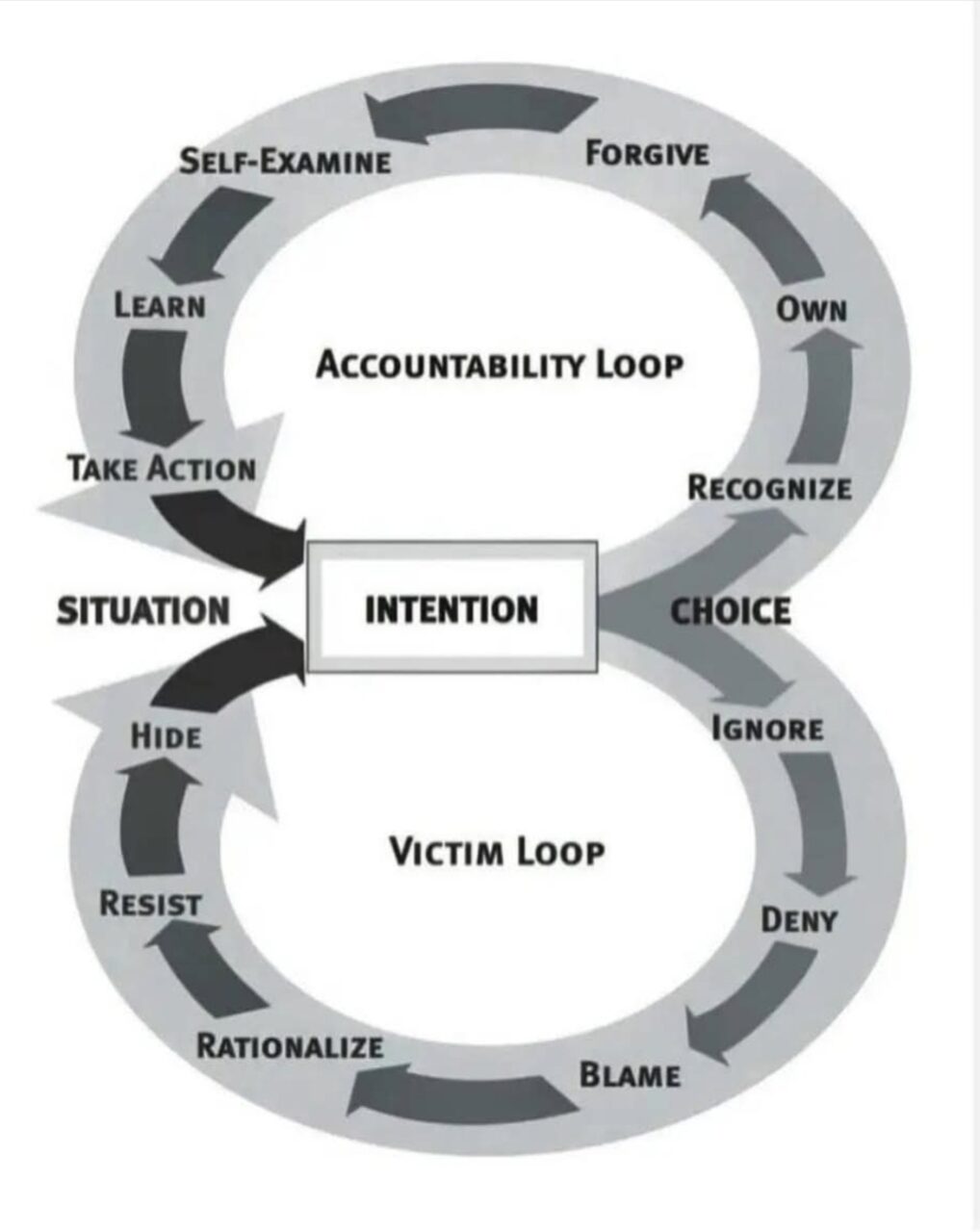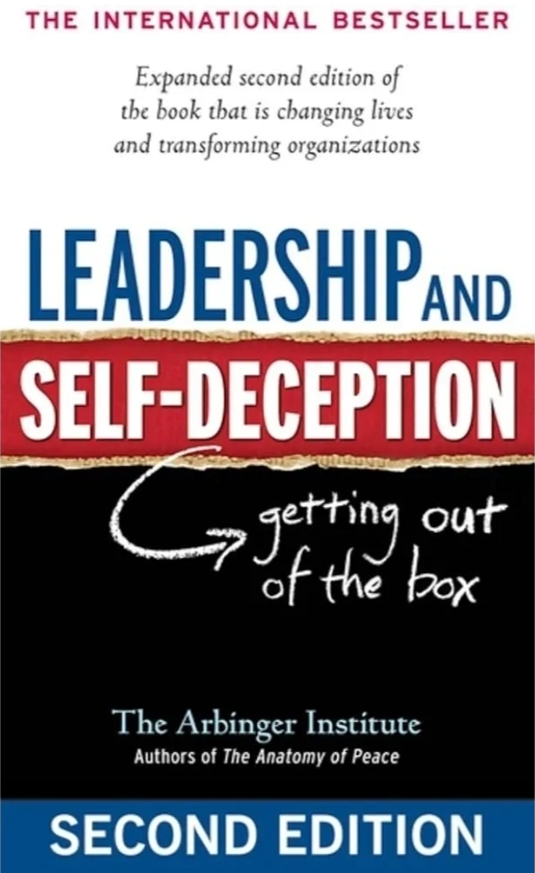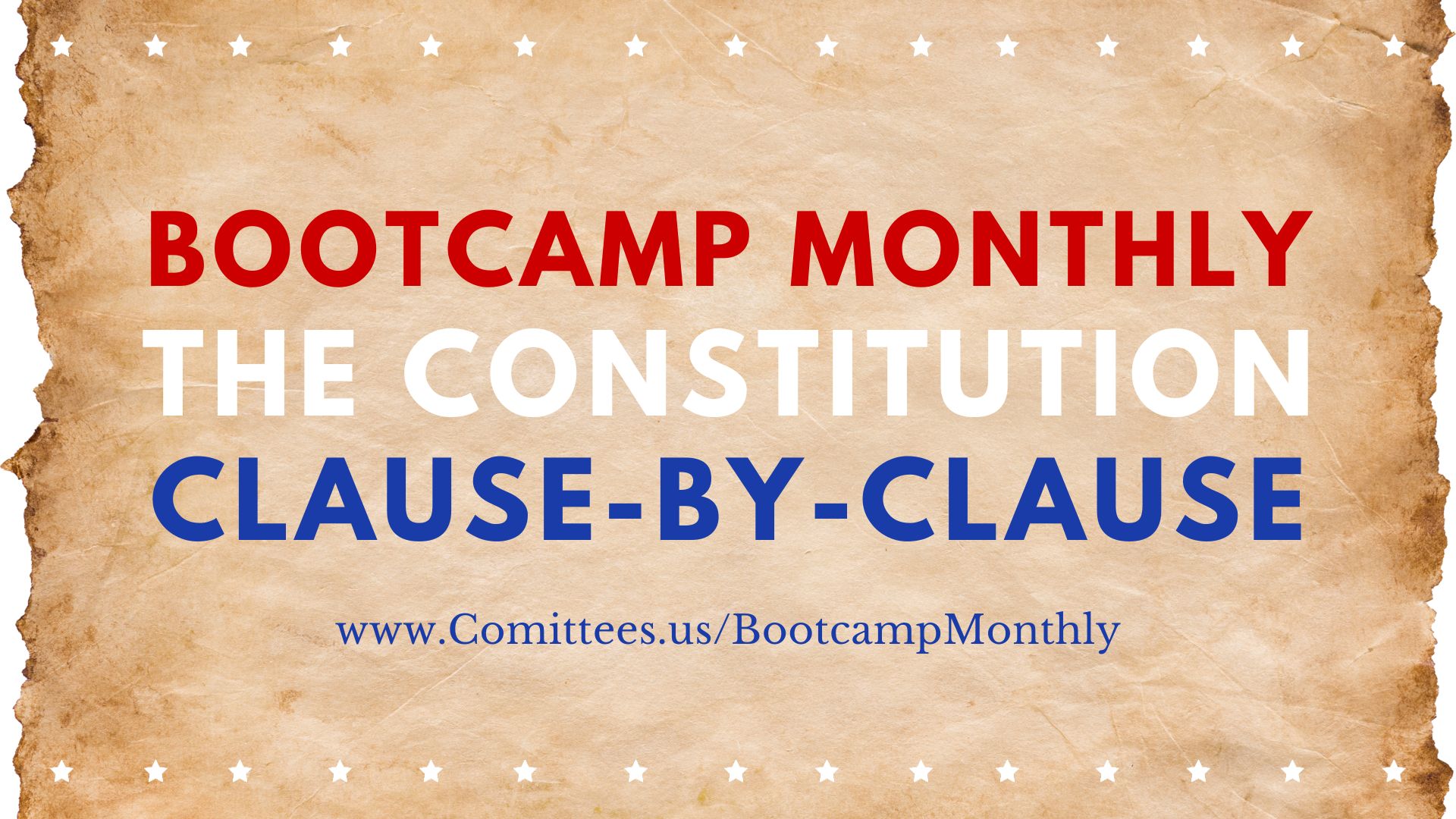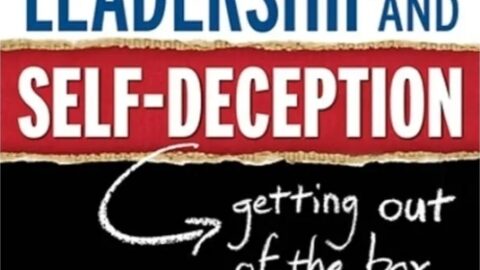Core question: What happens to leadership, love, and integrity when I stop seeing people as people and start seeing them as obstacles, vehicles, or irrelevancies?
Tagline (spirit): “When I betray what I know is right toward another person, I need a lie to live with myself—and that lie becomes my box.”
Self-deception begins with self-betrayal (I sense I should act for someone, I don’t, then I justify). Justification hardens into an “in-the-box” mindset: I objectify others, distort reality to vindicate myself, and invite others to do the same (collusion). Arbinger maps four common “boxes”: Better-Than, I-Deserve, Need-to-Be-Seen-As, Worse-Than. Moral growth is choosing to see people as persons with hopes and fears (agápē lens), owning impact over intent, and acting back out of the box—without demanding others leave theirs first.
The moral engine of the book
A. Self-betrayal → justification → the Box
- Moral cue: I feel a quiet nudge to help (e.g., let my spouse sleep, admit a mistake, back a teammate).
- Self-betrayal: I refuse.
- Justification: I tell a story that makes my refusal “reasonable” (I’m busier; they’re lazy; I was right).
- Distortion: I now need the other to look worse so my story holds. I collect evidence, amplify slights, minimize my part.
- The Box: I’m now relating to my story about you, not to you. You become object (obstacle/vehicle/irrelevant).
B. Moral & philosophical stakes
- Kohlberg alignment: The box freezes us at Stage 2 (what benefits me) or Stage 3 (image & approval); getting out points toward Stages 5–6 (principled conscience).
- Agápē vs. appetite: Agápē wills the good of the other; the box wills the maintenance of my narrative.
- Misdiagnosis principle: When I misdiagnose you as “the problem,” I prescribe the wrong cure—more pressure, policies, posturing—multiplying harm.
The Four Boxes (styles of being “in the box”)
These are not types of people but poses we slide into after self-betrayal to stabilize our justification. Each pose distorts how we see self/others, what we fear, and how we invite others to collude.
1) Better-Than Box
- Self-story: “I’m superior (smarter, more virtuous, more hardworking).”
- View of others: Inferior, needing correction; their objections prove their smallness.
- Primary fears: Losing status; being exposed as ordinary.
- Signature moves: Lecturing, condescension, competitive comparison, perfection policing.
- How it invites collusion: Provokes others into Worse-Than (shame) or I-Deserve (resentful pushback).
2) I-Deserve Box
- Self-story: “I’m owed—after all I’ve done/been through.”
- View of others: Debtors, obstacles to my comfort; “They never appreciate me.”
- Primary fears: Scarcity, unfairness; not getting my due.
- Signature moves: Score-keeping, entitlement, passive aggression, quid-pro-quo love.
- Collusion pattern: Triggers Better-Than in others (they crack down) or Need-to-Be-Seen-As (they perform to placate).
3) Need-to-Be-Seen-As Box
- Self-story: “I am (and must appear) good/competent/kind.”
- View of others: Audience or judges; relationships become stages.
- Primary fears: Disapproval, exposure, loss of image.
- Signature moves: Over-promising, conflict-avoidance, curated transparency, virtue signaling.
- Collusion pattern: Feeds I-Deserve (since I keep appeasing), and invites Better-Than (they sense the performative).
4) Worse-Than Box
- Self-story: “I’m deficient; others are better.”
- View of others: Threatening comparisons; their success shames me.
- Primary fears: Unworthiness; being truly seen.
- Signature moves: Withdrawal, self-sabotage, excessive deference, learned helplessness.
- Collusion pattern: Evokes Better-Than (they take control), which confirms my story and deepens dependence.
Key insight: Each box needs the other boxes to survive. This is collusion—mutual justification loops that make everyone feel right and everything get worse.
Symptoms of being “in the box”
- Objectification: People become obstacles/vehicles/irrelevancies.
- Outcome inversion: I prize being right/looking good over doing right/creating good.
- Evidence hunting: I gather confirming anecdotes; ignore disconfirming facts.
- Pressure escalation: More rules, metrics, and optics replace trust and accountability.
- Emotional tells: Irritation at being asked reasonable things; disproportionate offense; chronic fatigue from image management.
Getting out of the box (personal practice)
You can’t behavior-hack your way out while staying self-justified. Getting out is a change of heart—from seeing objects to seeing persons.
- Notice the betrayal moment.
- Ask: “Where did I feel to do good and didn’t?” Name one fresh instance today.
- Drop the story, meet the person.
- Replace labels with human data: “What might they be worried about? Hoping for? Carrying?”
- Make one unjustified offering.
- A small, concrete help that your story says they “don’t deserve.” Act before you argue.
- Own impact over intent.
- “Here’s how my delay affected you. I’m sorry.” No “but.” Repair before explaining.
- Invite reality to correct you.
- Ask for disconfirming evidence: “What am I missing? What would be better for you?”
- Sustain with agápē disciplines.
- Daily person-check (three names, one need each), silent listening, gratitude for inconvenient people.
Important: Leaving the box doesn’t require others to leave first. You change your stance; the system often follows.
Getting others out (without shaming)
- Name effects, not motives: “When updates arrive late, customers churn,” not “You’re lazy.”
- Make people safe to be persons: Decrease impression management—reward candor, protect dissent.
- Clarify purposes beyond optics: Tie work to a real good (customer, patient, student)—not just dashboards.
- Design processes that presume personhood: Fewer performative check-ins, more joint problem-solving.
Organizational applications (leadership lens)
- From control to conscience: Policies matter, but moral sight matters more. Hire, promote, and coach for it.
- Metrics that humanize: Pair KPIs with KPEs (Key People Effects): customer burden hours reduced, teammate rework avoided.
- Collusion diagnostics: Map the predominant box in each team:
- Execs: Better-Than (strategy theater)
- Ops: I-Deserve (burnout entitlement)
- Sales/PR: Need-to-Be-Seen-As (optics over truth)
- New hires: Worse-Than (silence)
Then intervene at the interfaces where boxes feed each other.
Family, culture, and public life
- Covenant vs. contract: Boxes push relationships down to contracts (“perform for benefits”); agápē restores covenant (faithful presence, truthful repair).
- Generational “creeps”: Cultural/education/religious creep accelerate when leaders manage optics (Need-to-Be-Seen-As) and citizens feel I-Deserve; institutions drift into legalism (Stage 4) without conscience.
- Divide-and-rule: Public discourse rewards Better-Than posturing and Worse-Than shame. Moral maturity is refusing both poses and seeing persons across factions.
Quick diagnostics (use anytime)
- If I’m right now irritated: Which box am I in? What story must be true for me to stay irritated?
- If I feel unseen: Whom have I turned into scenery? Name one concrete good I’ve resisted.
- If a team is stuck: What collusion loop is operating (e.g., Entitlement ↔ Image-Management)? Where can we insert one unjustified gift of help?

One-page practices (keepable)
- Daily: Write three names; one small act “they don’t deserve.” Do it.
- Weekly: Choose one relationship; apologize for specific impact, ask, “What would good look like for you next week?”
- Monthly team: Tell one “self-betrayal I caught early” story; celebrate another’s person-seeing act.
Bottom line
Leadership fails first in how we see. Self-deception makes us brilliant at narratives and poor at love. The way out is stubbornly simple and endlessly costly: notice betrayal, drop the story, meet the person, and act for their good—before they “deserve” it. That’s agápē leadership—and it scales.
What is Agápē?
In classical Greek, “love” comes in several hues:
- Agápē — sacrificial, unconditional love that wills the good of the other, even at personal cost.
- Érōs — romantic/erotic desire; attraction and longing.
- Philia — friendship/affection; camaraderie through shared virtue and purpose.
- Storgē — familial love; natural affection in kinship and close bonds.
Why Agápē matters here: Leadership and Self-Deception hinges on whether we see people as persons or as objects. Agápē is the sight and stance that treats others as ends in themselves—precisely the antidote to self-betrayal and “the box.”
Why Agápē fits Leadership and Self-Deception
Agápē vs. self-betrayal
- Self-betrayal: I feel a nudge to do good for someone and refuse, then justify.
- Agápē move: act for their good before they “deserve” it. This breaks the justification loop that hardens into the box.
Agápē restores personhood
- In the box, people become obstacles, vehicles, or irrelevancies.
- Agápē insists: “This is a whole person—with hopes, fears, burdens—never just a role in my drama.”
Agápē realigns moral development
- Box logic freezes us in Kohlberg Stages 2–3 (reward/approval games).
- Agápē pulls us toward Stages 5–6 (principled conscience): do right because persons matter.
Agápē reframes leadership
- Optics → care. Compliance → conscience.
- Policies still matter, but the moral stance (agápē) is what makes them humane and effective.
The Four Boxes → Agápē antidotes
| Box (self-story) | How it dehumanizes | Agápē counter-practice |
|---|---|---|
| Better-Than (“I’m superior.”) | Others = projects to fix | Honor dignity: Ask, “What burden are you carrying?” Offer help without lecturing. |
| I-Deserve (“I’m owed.”) | Others = debtors | Gratuitous gift: Give a concrete assist you can’t “bill.” Stop scorekeeping. |
| Need-to-Be-Seen-As (“I must look good.”) | Others = audience/judges | Truth over optics: Admit fault without a “but.” Serve an unseen good. |
| Worse-Than (“I’m deficient.”) | Self = object; others = threats | Responsible courage: Take one costly, helpful action for someone you envy or fear. |
Quick tells I’m not loving with agápē
- I rehearse their flaws more than their pressures.
- I “help” to look helpful.
- I need them to be wrong so my story stands.
- Reasonable requests irritate me; apologies come with a “but.”
Agápē practices (fast, do-today)
- One unjustified good: Do a small, costly help for someone your story says doesn’t deserve it.
- Impact over intent: “My delay put you in a bind. I’m sorry.” (Stop at the period.)
- Humanize in writing: Name three concrete burdens the other might carry.
- Boundary with benevolence: Say “no” without contempt; enforce standards without humiliation.
Team & family applications
- Design for personhood: Fewer performative check-ins; more joint problem-solving where the pain lives (customer, child, student).
- Reward candor, protect dissent: Make it safe to be a person rather than a performer.
- KPI + KPE: Track outcomes and Key People Effects (burden hours removed, rework avoided, trust markers).
One-liners you can drop into the piece
- “Agápē is the courage to help before it’s convenient and before they deserve it.”
- “The box needs a villain; agápē needs a person.”
- “Leadership without agápē turns people into scenery and policies into weapons.”
- “Agápē doesn’t erase boundaries; it erases contempt.”
Bottom line
Leadership and Self-Deception is a book about sight: will I see and will the good of persons—or protect my story about them? Agápē is the only stance strong enough to end self-deception at the root, because it refuses the economy of deserts and demands, and acts for the other’s good—first.







